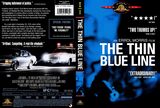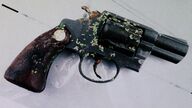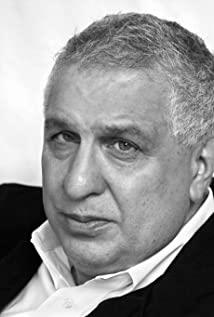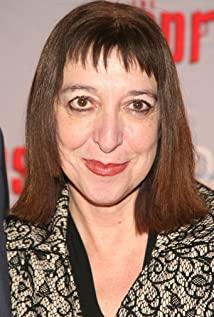"The Thin Blue Line", which is different from the non-fiction advocated by the real film, uses rehearsal and fictitious methods to show people the story of Adams being framed for shooting the police and leading to imprisonment, but at the end it also uses the real film and film recordings. method, helping Adams to clear his name.
When I watched it for the first time, I felt that the testimony of the characters contradicted each other, and I felt that there was a logical error in the filming. After the second viewing, because at the end of the first time, Morris used the method of a real movie to directly use the tape recorder to play the recording of David's last interview. The truth is self-evident that David is the one who shot the policeman, and Randall took the consequences for David's actions and went to jail.
During the second viewing, Morris's method of acting, put some contradictory testimony together to create doubts. As the film goes on, Randall has no motive for committing a crime at all, while David, who is full of criminal motives, is caught without a trace. The release of the crime, the audience will step by step closer to the truth in the process of Morris's rendition, and to a certain extent, it is also a kind of irony for the Dallas justice and the perjurers.
So put together all the testimony, Morris uses the method of the new documentary film, and the audience can use deductive reasoning. At this time, the seemingly illogical testimony will point directly to the truth. David Harris is the murderer. The logic of the photographer Morris is also clear.
Judging from the content of the documentary, people only say things that meet their inner expectations. In order to prove their inner thoughts and Randall's guilt, the police feel disdain and shame at Randall's claim to be innocent, and even use their power to imprison and extract confessions. ; The couple who perjured in the film is ultimately about money; the jury in Dallas just wanted to see a young man of the right age sentenced to death, not believing that a 16-year-old would shoot a police officer, but it is It was this preconceived idea that let go of a psychopathic juvenile murderer, throwing an innocent homeless man behind bars, and spent 11 years in prison.
The new documentary film adopts a fictitious method. When facing the past history, it uses rehearsal. Although it runs counter to the non-fiction method of the real film, the audience can understand the cause and effect of the incident through the pictures replayed by the author, which satisfies the part to a certain extent. The audience's hunger for truth. The interview-style communication with the person being photographed and the exchange of words between people from opposite angles make people feel the perverted degree of the murderer David. The innocent Randall looked so pale and powerless.
At the same time, I also like the music composed by Philip Glass for "The Thin Blue Line", with the pendulum swinging back and forth in the film, and the melancholy tones. The expressionism of "The Scream" feels like it fits the rhythm of the film that reveals the murderer step by step.
It can’t be said that real movies are good, but new documentary films are not good. This black-and-white method is very rogue. It mainly depends on what type of documentaries it is used in. It’s like “The Thin Blue Line” is a new record. The film, in the end, also used the traditional real film method - recording, the effect is very good, different shooting methods are better to use in different scenes.
(For the soundtrack, find NetEase Cloud Music Harris' Story
byPhilip Glass
Album Music from The Thin Blue Line)
View more about The Thin Blue Line reviews










